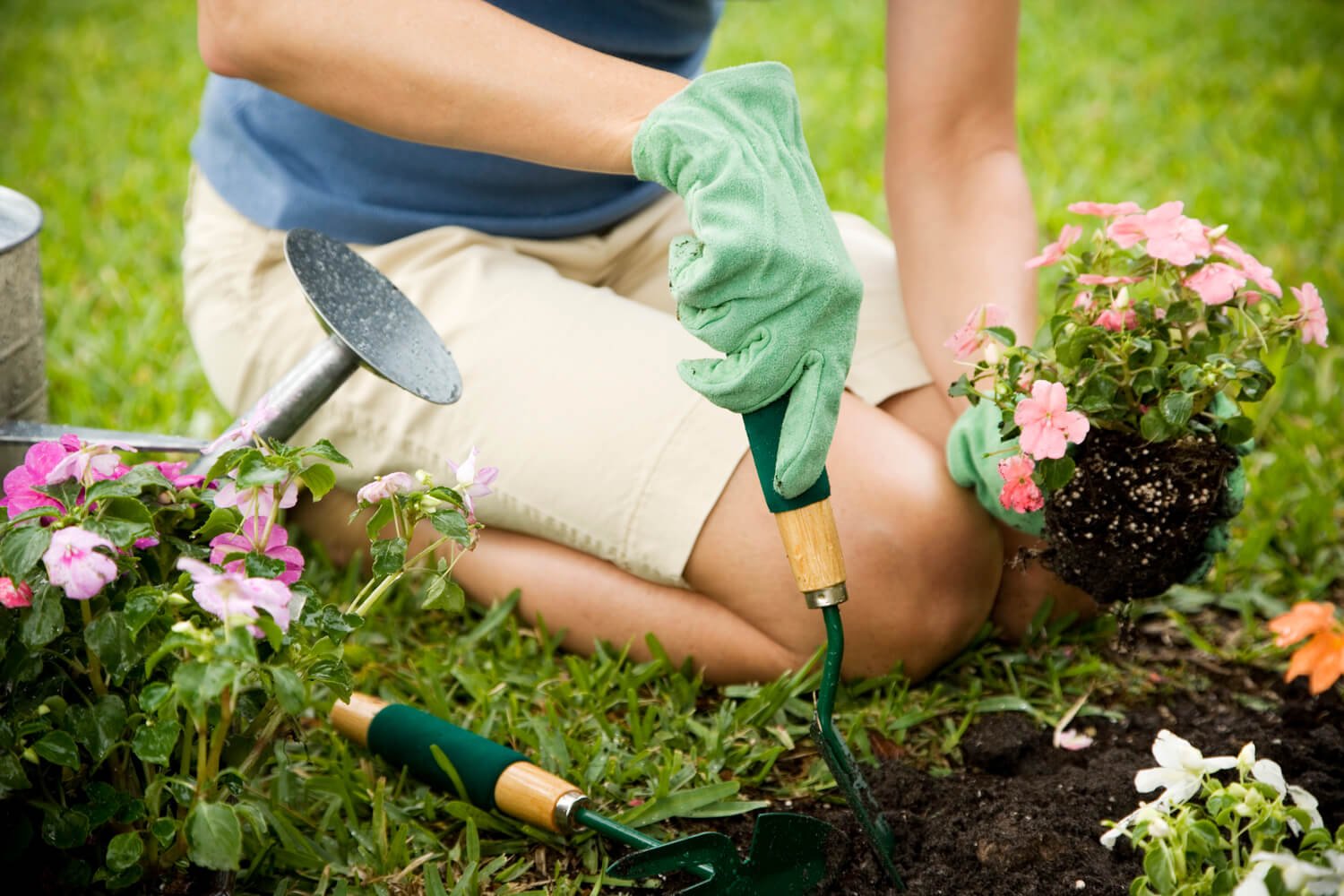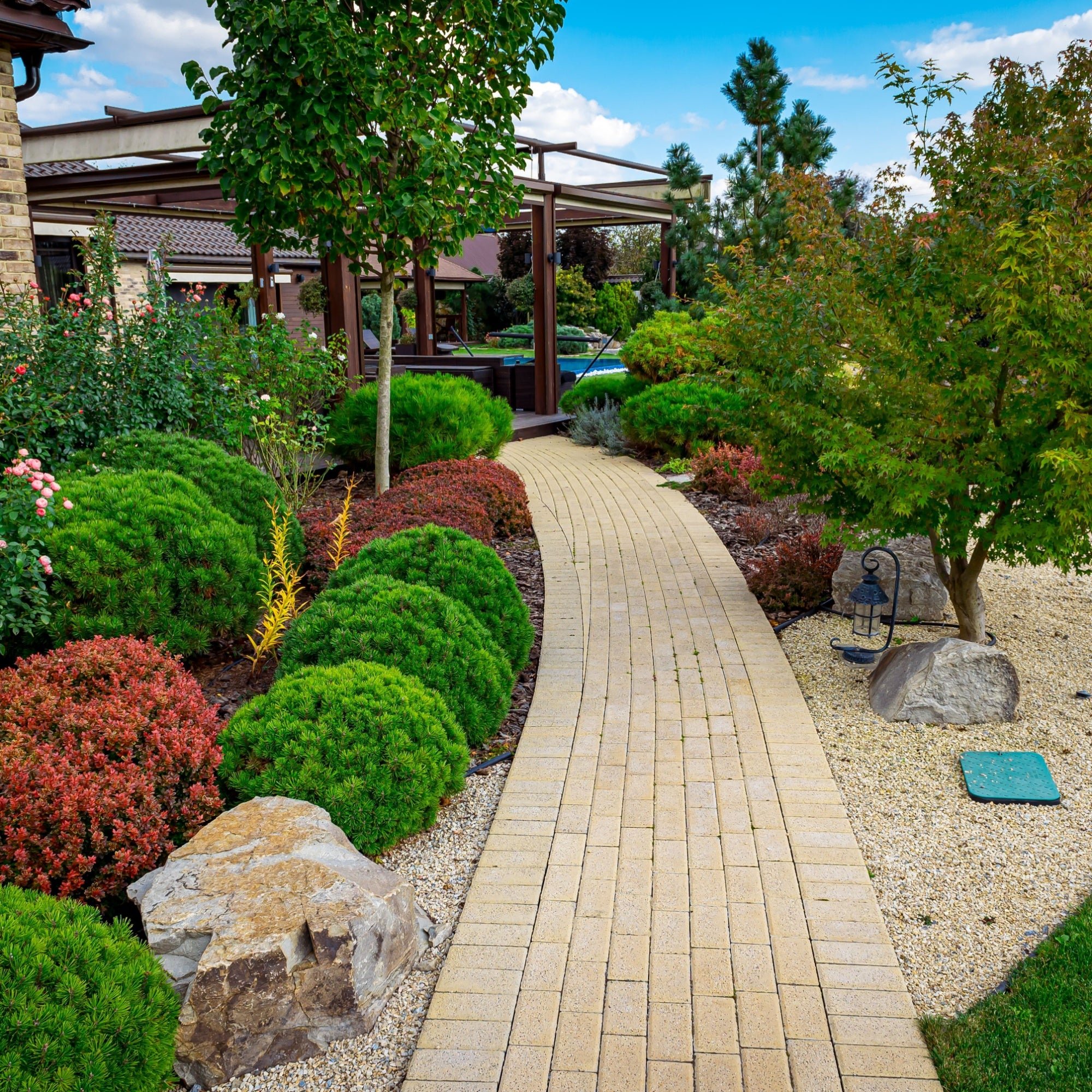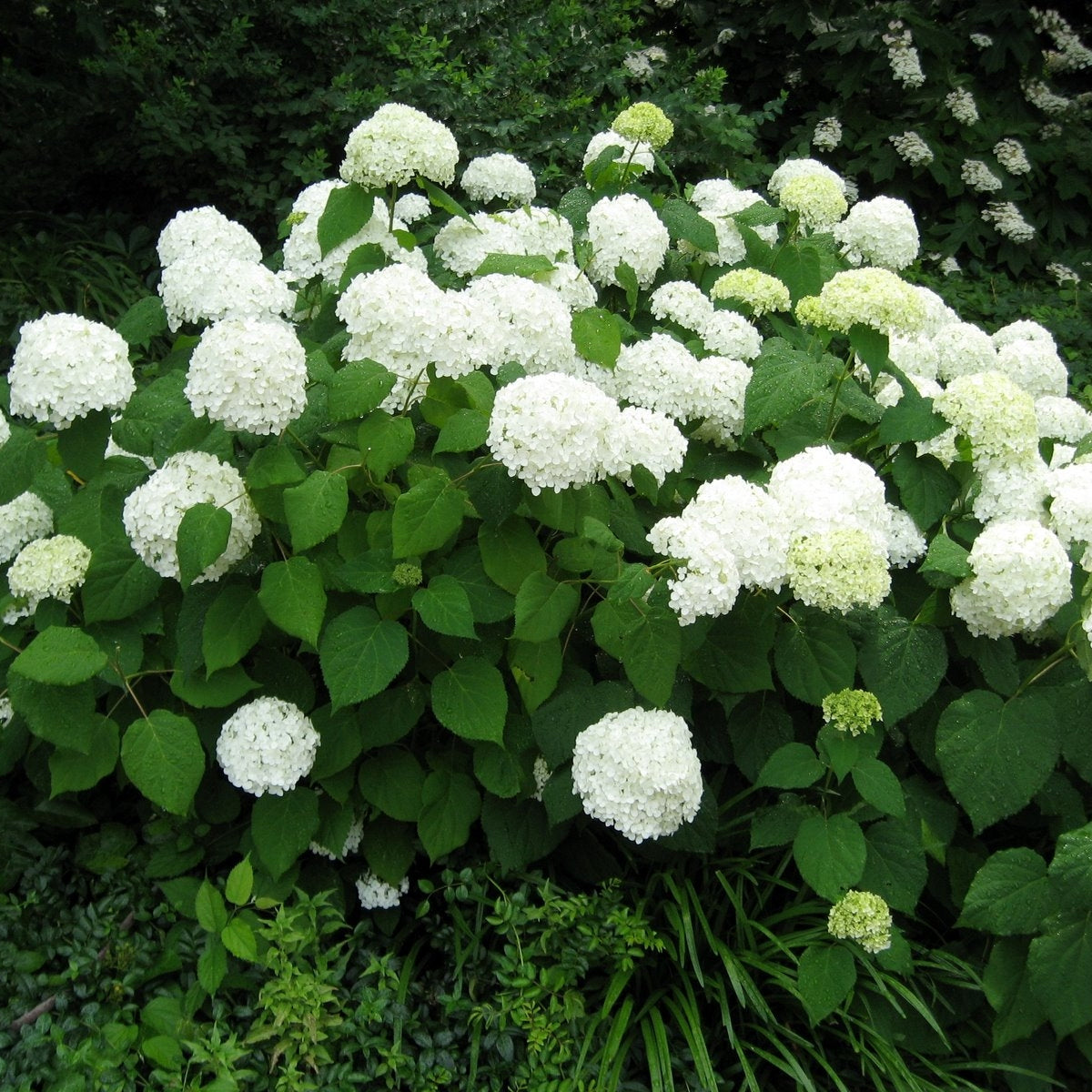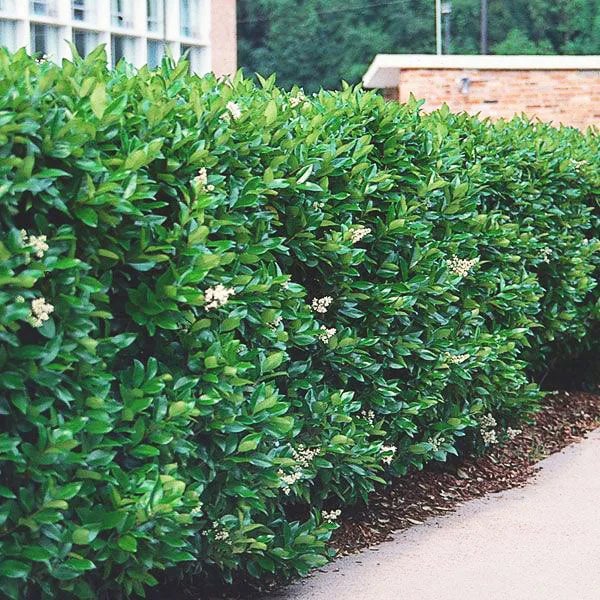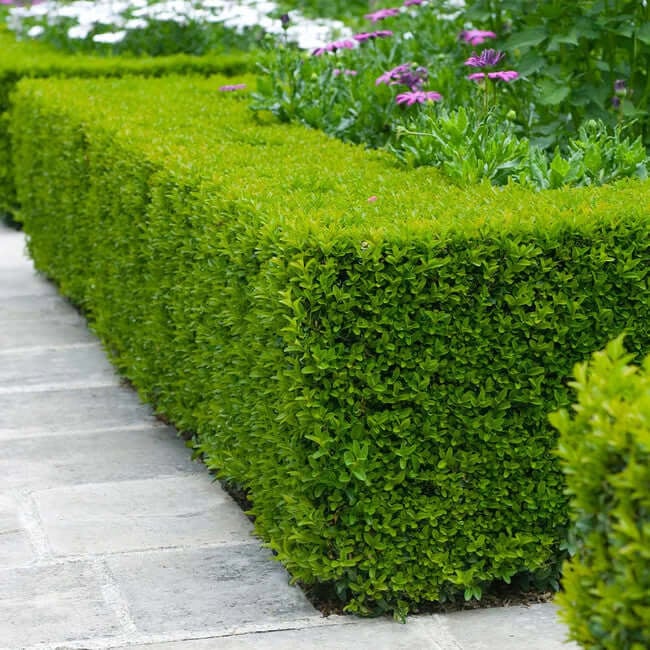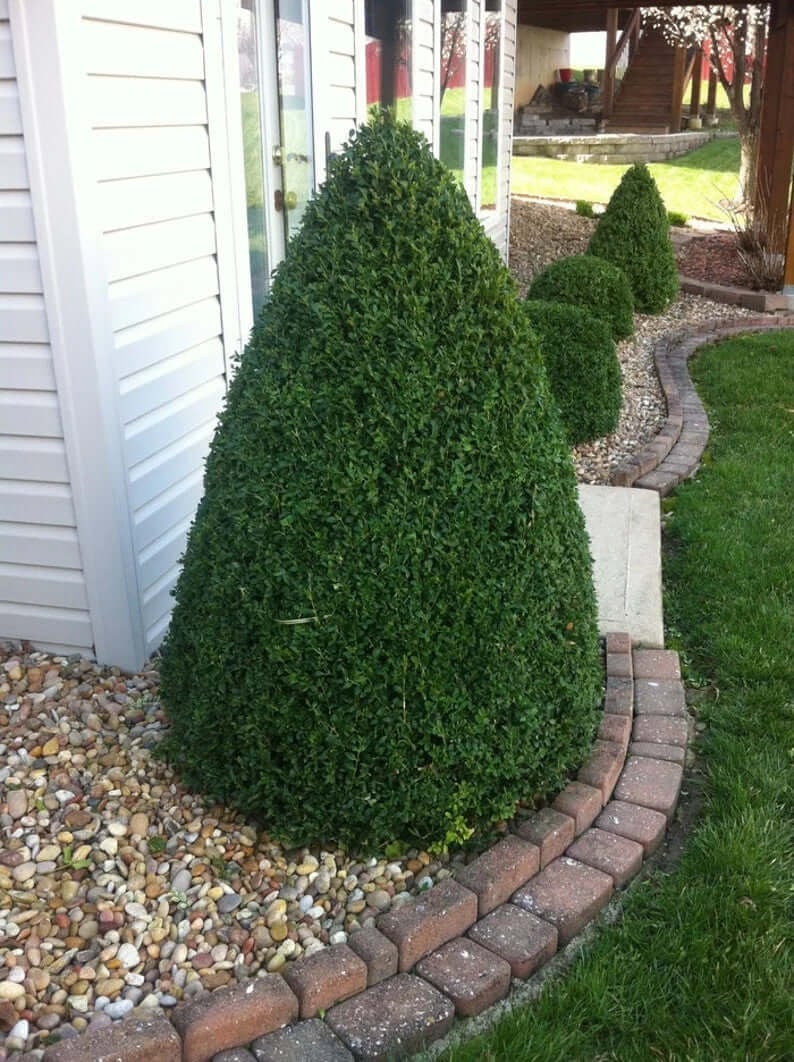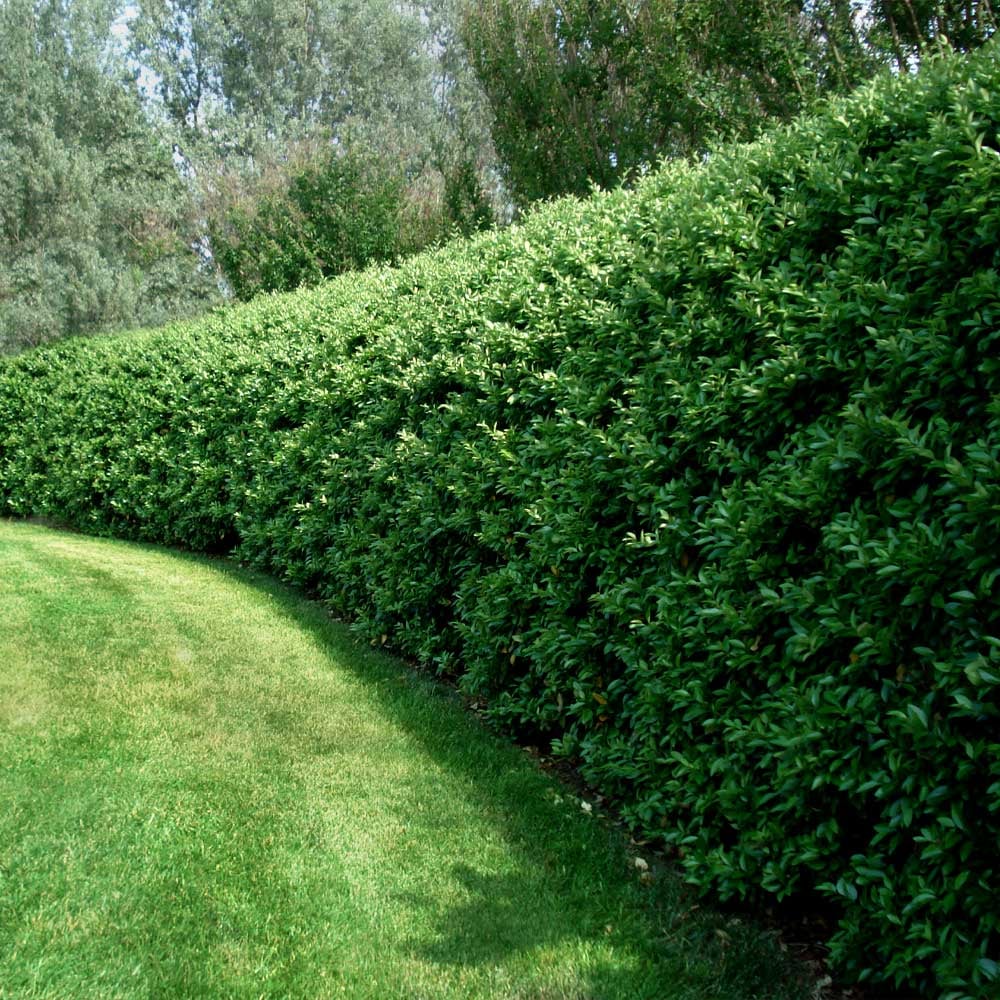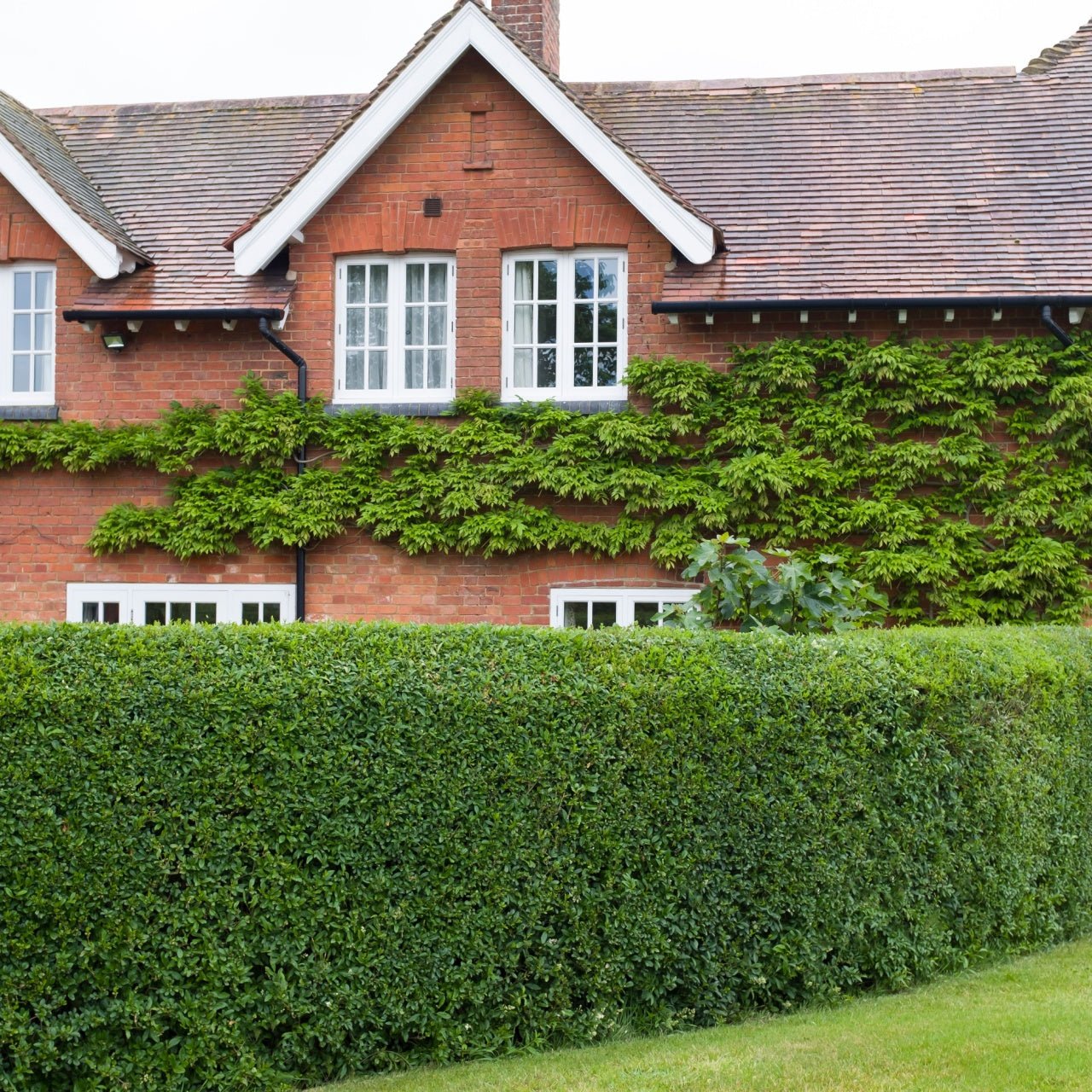Sub Collections
Filters
Filters
Evergreen Shrubs are the Foundation of a Beautiful Garden
A garden for all seasons requires evergreen shrubs. Conifers stay green consistently through the winter and fall, improving your garden's appearance in the dead of winter. They have a range of hardy zones and various soil types.
They are perfect for borders and hedges. Some have a mature height and width of 15 feet high and 15 feet wide, and the smaller varieties have a mature height and width of 2-3 feet wide and 2-3 feet high. The size range provides flexibility when planning your garden. Boxwood, Privet, Juniper, and Arborvitae are some of the evergreen shrubs available.
Most evergreen shrubs grow in acidic, sandy, loamy, moist, and well-drained soil
The hardy zones for Boxwood Juniper Arborvitae and Hemlock fall in the 3-9 range, depending on the specific type of evergreen shrub. Check the information on the particular plant for accurate hardy growing zone information.
Create the appearance of an old English Manor garden with Boxwood. Boxwood is perfect for privacy. At maturity, this shrub will grow into a 15-foot privacy fence. Hemlock is also great for privacy; it reaches a mature height of 6 feet and grows slightly faster than Boxwood.
Arborvitae is a smaller shrub that can be used for low hedges. It is perfect to outline a garden. Juniper is a sprawling shrub; it is never more than 12 inches high and makes a beautiful year-round ground cover. Camilla and Formosa Azaleas add color during blooming season and greenery year-round.
Evergreen Shrubs Make Excellent Borders and Offer Year-Round Beauty
With careful selection and planning, evergreen shrubs will add decoration and beauty to your garden. They are easy to maintain, attractive, and functional. Display the vibrant colors of your garden in spring, summer, and fall with the background of beautiful evergreens. Appreciate the greener and privacy of evergreen hedges in the cold winter months, and enjoy decorations made from evergreens during the holiday season. Use evergreens for the foundation of a beautiful garden.
Easy to Grow
Soak and Hydrate Shrub Roots
To plant bare root shrubs, start by soaking the roots in water for several hours to rehydrate them. While they soak, dig a wide hole that's twice as large as the root spread but only as deep as the roots reach—this prevents settling.
Use Soil From Hole Dug to Plant
Create a mound of soil at the bottom of the hole to support the roots and position the shrub so the crown is just at the soil level mark. Spread the roots evenly over the mound, backfill the hole with native soil, and gently tamp it down to eliminate air pockets.
Water Regularaly Until Acclimated
Water thoroughly after planting and mulch around the base to hold in moisture and regulate temperature. Be sure to keep the soil consistently damp during the establishment period.
Grow Tips For Success
Grow Tips For Shrub Success
Keep the soil around the base evenly moist, especially during the first growing season—this helps the roots settle in and stretch out. Don’t rely on overhead sprinklers; instead, water slowly at the root zone so the moisture soaks deep.
Mulch is a Shrub's Best Friend
it keeps weeds down, locks in moisture, and buffers the roots from temperature swings. Just don’t pile it up against the stem. Look for signs of stress, like yellowing leaves or drooping branches, and adjust your watering as needed. Avoid heavy pruning the first year;
let the plant focus on growing strong roots before shaping it. If it’s a flowering shrub, don’t expect a full show right away—it needs time.
With patience and a bit of attention, your new shrub will take off and reward you season after season.

